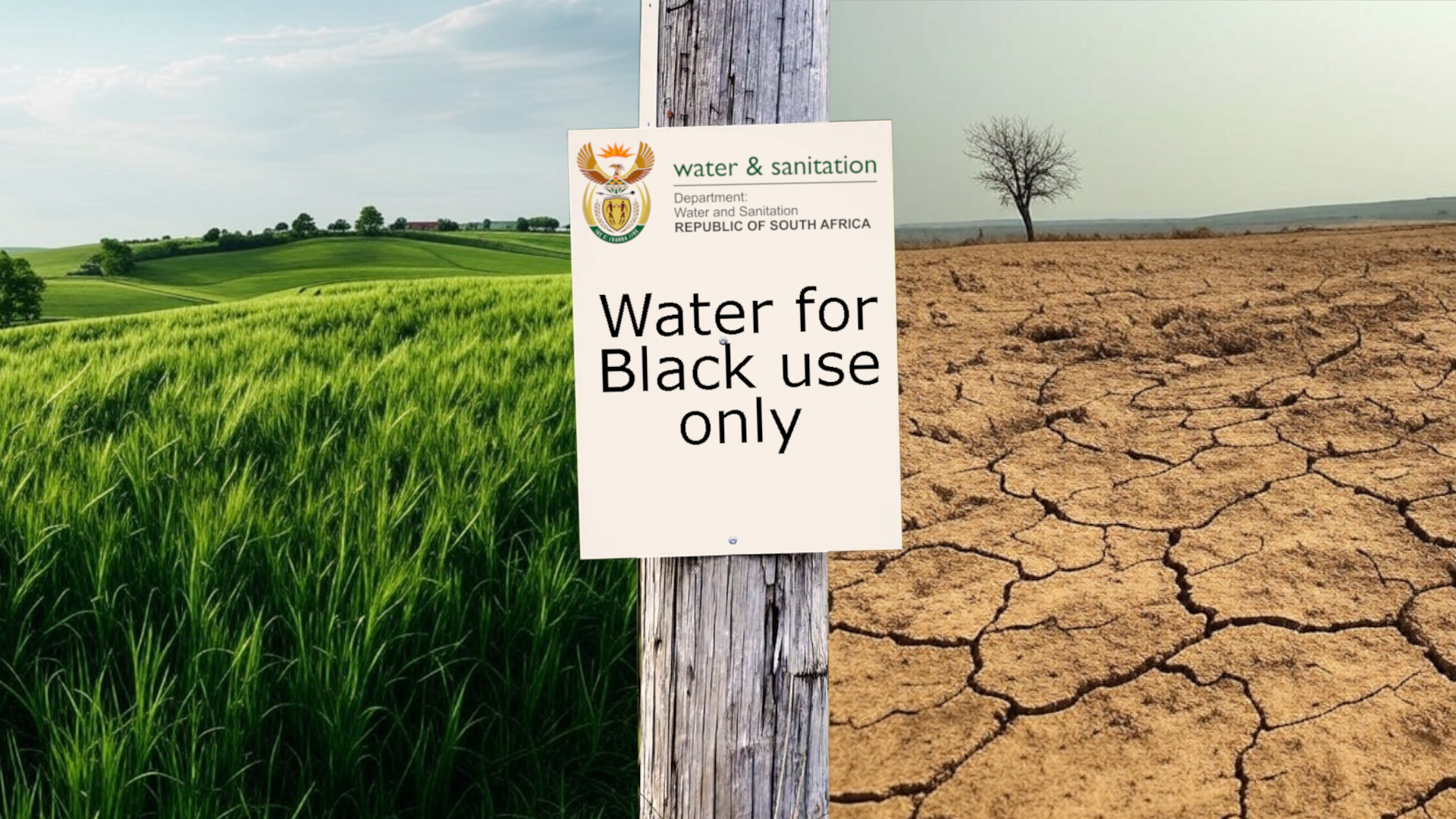In the face of persistent load shedding and a quest for energy self-sufficiency, the City of Cape Town has embarked on a strategic initiative, marked by a series of small tenders with independent power producers.
Driven by a determination to diversify its energy supply and reduce dependence on Eskom, the latest tender signifies a pivotal step in Cape Town's ambitious program to integrate independent power into its grid.
The Western Cape is still constrained by grid capacity, which inhibits large increases in power generation, and its insistence on wildly fluctuating sources such as wind and solar adds to the strain, but the large capital investments required by more reliable (and cheaper in the long term) sources like nuclear provide a serious barrier.
The plan entails procuring power from existing generators, reflecting a departure from the traditional reliance on Eskom's grid. The new tender, for 500MW, introduces a two-pronged procurement structure, aiming to secure a maximum capacity of 300 MW for dispatchable/reserve power and an additional 200 MW for self-dispatchable power. The latter comes at a reduced cost compared to Eskom's prevailing Megaflex tariff, emphasizing the city's commitment to cost-effective, sustainable energy solutions.
The bid's success hinges on responses from potential suppliers and favorable pricing considerations. The closing date for tender submissions is set for April 8.
Beverley van Reenen, the City of Cape Town's Mayoral Committee Member for Energy, articulated the aims for the city's short-term strategy, targeting protection against the initial four stages of Eskom load shedding by 2026. This involves the addition of 650 MW of independent power within five years, a crucial step towards the ultimate goal of liberating Cape Town from Eskom's load shedding grip.
These short-term load shedding mitigation plans are designed to leverage a multifaceted approach. The Steenbras hydro plant provides dispatchable energy amounting to 500 MW, and demand management programs feature prominently. The latter includes curtailing power usage among large consumers and introducing the “Power Heroes” initiative, empowering households and small commercial customers to remotely control energy-intensive appliances.
Cape Town's comprehensive power supply diversification initiatives encompass various avenues. These include embedded independent power producer (IPP) renewable energy (200 MW), dispatchable IPP programs (up to 500 MW), wheeling (up to 350 MW), private small-scale embedded generation (up to 100 MW), and city-owned small-scale embedded generation (up to 20 MW). Each initiative reflects a strategic move towards a resilient, decentralized, and diversified energy landscape.

The national Water Department has denied a black farmer the right to share his licensed water with a neighbouring white farmer. Afriforum has vowed to fight this.